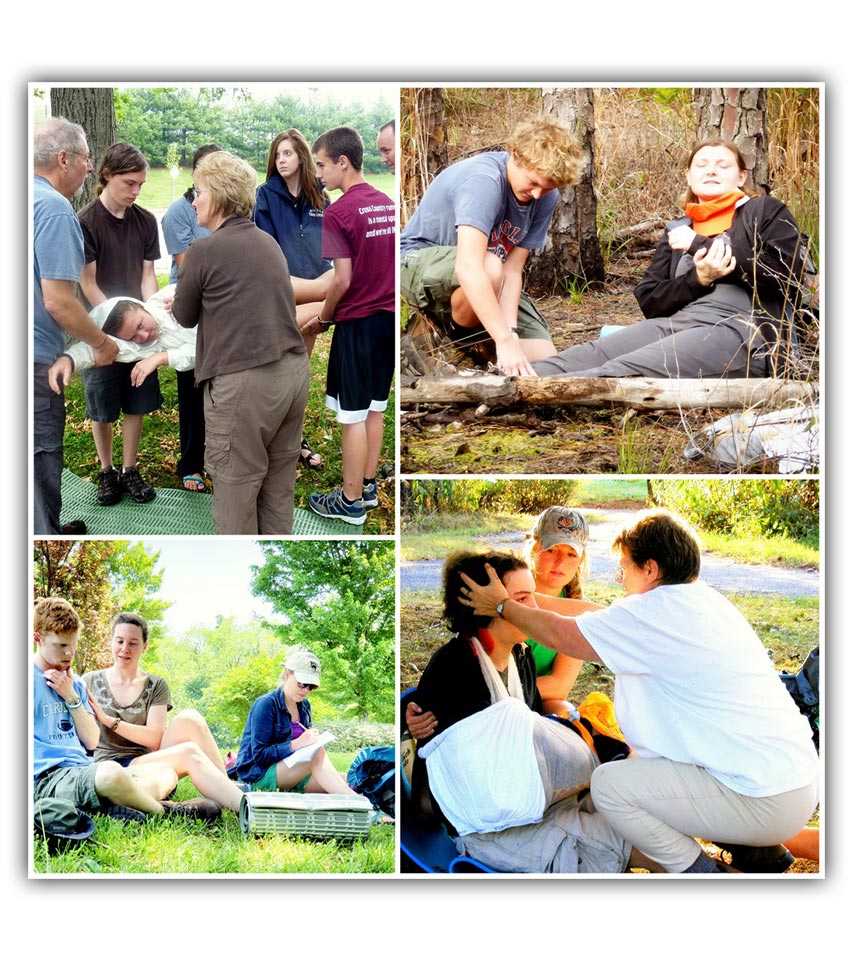Disaster First Aid

In case of emergency, in the USA we rely on being able to dial 911. This frequently is not possible, or results in delayed response in case of disaster. For example:
- Wind, earthquake, landslide, and avalanche disasters can knock out phone lines and cellphone towers, preventing calls for help while also blocking roads
- Flooding can short-out communications while also blocking roads
- Active shooter situations prevent ambulance crews from accessing victims while the scene is unsafe. Many preventable deaths have happened this way (preventable if folks nearby were trained in improvising rendering life-saving first aid)
- Terrorist disasters can knock out everything
- An epidemic can cause in-home isolation, making rendering first aid for hours, days, or weeks up to you
Overview
New York City on 9/11 was a disaster setting, with cellphone towers jammed and on-site rescuers unable to reach thousands of victims. In the wake of that disaster, the U.S. Dept. of Homeland Security, Community Emergency Response Team (CERT) developed the following (left-column) list of topics it recommends folks learn to prepare for giving individual first aid care during disasters. The right-side column shows equivalent topics included in MEDIC SOLO's Disaster + Travel + Wilderness First Aid certification course, designed to hands-on train participants in rendering life- and limb-saving first aid for hours to days regardless of cause or situation. Register here (spaces limited).
| In the wake of 9/11, the U.S. Dept. of Homeland Security developed the following list* of topics it recommends folks learn to prepare for giving individual first aid care during disasters: |
Compare with what you hands-on learn in the 20-hour MEDIC SOLO wilderness first aid certification course below: |
|---|---|
|
|
|
|
|
|
|
|
|
|
|
|
Question?
Please browse our FAQ
May we say we are very proud of our reviews over the years :-)
We'd love to hear from you!
Contact us